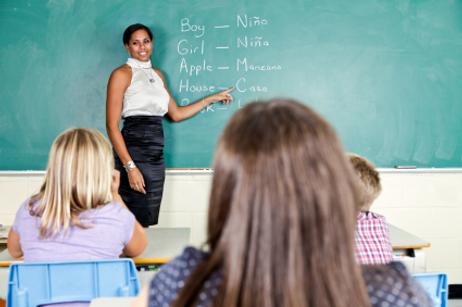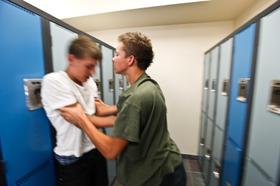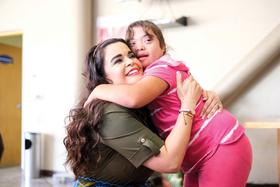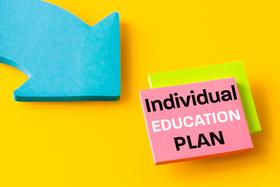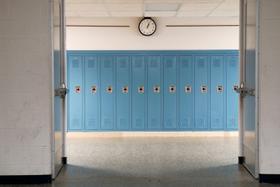As parents struggle to navigate the balance of fostering their child’s autonomy, versus being actively involved, the timeliness and appropriateness of meeting with a child’s teachers is highly dependent upon a child’s age, his or her behavior, and potential special needs. Whether a child is gifted, struggling, or displaying average abilities play a large factor in determining when to intervene and meet with school leaders.
This video offers an example of a parent-teacher conference.
When to Meet with a Teacher
- Collaborating Insights
If you have serious and pressing concerns about your child’s behavior, his or her academic progress, or other specific or general concerns, teachers can provide a great deal of insight into your child’s behavior. According to Terri Mauro, the author of The Everything Parent’s Guide, “If you have a pressing concern that needs to be addressed right away, don't delay in requesting a meeting yourself.�
Surprisingly, teachers may actually see your child at more constant time frames throughout the day than most parents; once kids are at home, they may play with friends away from supervision, or they may play in their rooms with the door closed. As a result, meeting with a teacher to find out his/her observations about your child’s behavior can help ameliorate concerns, and bring problems to the forefront, while working to brainstorm solutions for success.
- Early Communication to Foster Success
According to the Child Development Institute, “The




